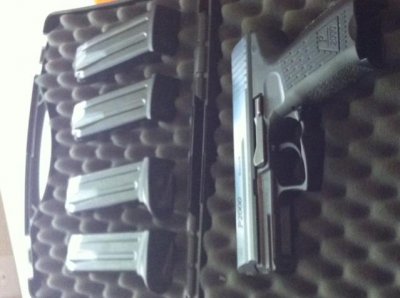Just posting this as info and to see what other methods reloaders use to determine seating depth starting points when developing loads.
The MAX OAL does not come from a manual, it comes from Your rifle. The Max OAL listed in manuals is for Ammo manufacturers, not the handloader. The handloader should Know the Max OAL for his or her rifle with a particular bullet as different bullets will have different Max OAL. The Hornady tool is a great way to measure OAL if you want to spend the money on it. ( it's not terribly expensive) You can do it without the various tool though. Also note that Max OAL can also mean "fit into the mag".
Nolser doesn't even list an OAL in their manuals, they instruct the handloader to find their own Max OAL . ( click on pic to enlarge )

The MAX OAL does not come from a manual, it comes from Your rifle. The Max OAL listed in manuals is for Ammo manufacturers, not the handloader. The handloader should Know the Max OAL for his or her rifle with a particular bullet as different bullets will have different Max OAL. The Hornady tool is a great way to measure OAL if you want to spend the money on it. ( it's not terribly expensive) You can do it without the various tool though. Also note that Max OAL can also mean "fit into the mag".
Nolser doesn't even list an OAL in their manuals, they instruct the handloader to find their own Max OAL . ( click on pic to enlarge )



.png)




